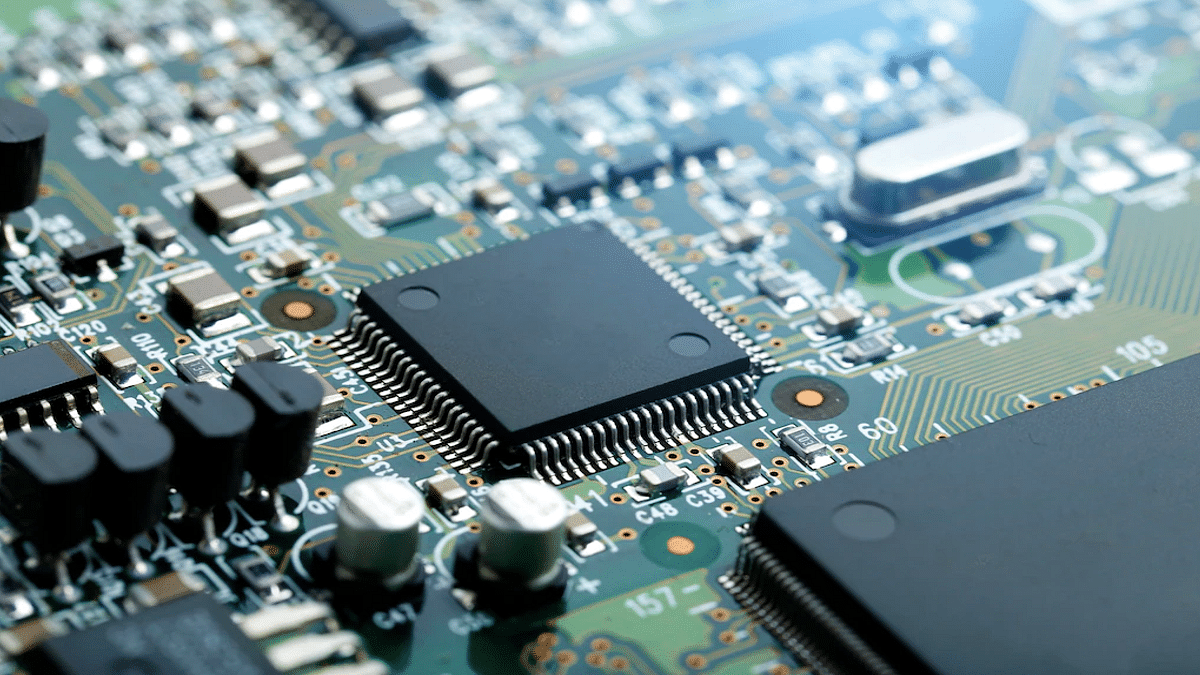Qualcomm and MediaTek have a wide portfolio of mobile chipsets. The former is catering to the mobile brands with Snapdragon series processors, whereas, the latter provides Helio and Dimensity series mobile chipsets. A major chunk of Android smartphone OEMs source chipsets from these two brands for their product lineups. Both these chipset brands are integrating some of the best technologies with new-generation offerings.
Qualcomm and MediaTek compete with each other in the flagship range segment with their Snapdragon 870 and the Dimensity 920 SoCs. Both these mobile processors are known for their powerful performance and 5G network capabilities. Let’s see how the Snapdragon 870 and the Dimensity 920 chipsets compare in terms of CPU and GPU performance.
Qualcomm Snapdragon 870 Vs MediaTek Dimensity 920: CPU Comparison
Starting with the Snapdragon 870 processor, this high-end Qualcomm processor comes with octa-cores including one Cortex-A77 core with a 3.2GHz clock speed, three 2.42GHz Cortex-A77 cores, and four Cortex-A55 cores with 1.8Ghz clock speed. This processor is designed using ARMv8.2-A Instruction set with a frequency range of 3200MHz.
The MediaTek Dimensity 920 processor is based on a 6nm fabrication process, unlike the Snapdragon 870 SoC which is built on a 7nm fabrication process. The premium MediaTek processor also has octa-cores with two Cortex-A78 cores clocked at 2.5GHz and six Cortex A-55 cores clocked at 2GHz.
This processor is also built on the same ARMv8.2-A Instruction set and has a 2500MHz frequency range. Performance delivery by both these chipsets is premium where you experience minimum lags with gaming and multitasking.
Snapdragon 870 Vs Dimensity 920 Chipset: GPU Comparison
Qualcomm’s flagship grade Snapdragon 870 chipset employs Adreno 650 GPU to render graphics. This GPU is based on the Adreno 600 architecture and has two execution units and 512 shading units. MediaTek has integrated the Dimensity 920 processor with the Mali-G68 MC4 GPU which is based on Vallhall 2 architecture.
This octa-core processor has four execution units and 64 shading units which is lower compared to the Snapdragon processor. Both processors have identical 1.1 Vulkan version, 2.0 OpenCL version, and 12 DirectX version. Similar to the CPU, both these chipsets are packed with powerful GPUs for rich graphics on the screen.
Snapdragon 870 Vs Dimensity 920 Processor: Memory, Multimedia (ISP)
The memory type supported by both Qualcomm Snapdragon 870 and the Dimensity 920 chipset is LPDDR5. However, the former offers a 2750MHz memory frequency, while the latter has a 3200MHz memory frequency range. The maximum memory allocation on both chipsets is 16GB. The storage compatibility with the Snapdragon 870 is UFS 3.0 and UFS 3.1, whereas, the Dimensity 920 comes with UFS 2.1, UFS 2.2, and UFS 3.1 storage. The additional storage format support is one of the perks of the MediaTek chipset.
Moving on to multimedia compatibility, the Qualcomm SD 870 offers 2160 x 3840 pixels max display resolution and 1x 200MP/ 2x 25MP maximum camera resolution. This 5G Qualcomm chipset is capable of recording and playing 8K@30fps and 4K@60fps videos. It has the H.264, H.265, VP8, and VP9 video codecs and AAC, AIFF, CAF, MP3, MP4, and WAV audio codec support.
The MediaTek Dimensity 920 processor has 1080 x 2520 pixels max display resolution and 1x 108MP/ 2x 20MP max camera resolution support. This processor is capable of recording and rendering 4K@30fps videos. The audio codecs with this chipset are AAC, AIFF, CAF, MP3, MP4, and WAV, whereas the video codecs are H.264, H.265, AV1, and VP9.

